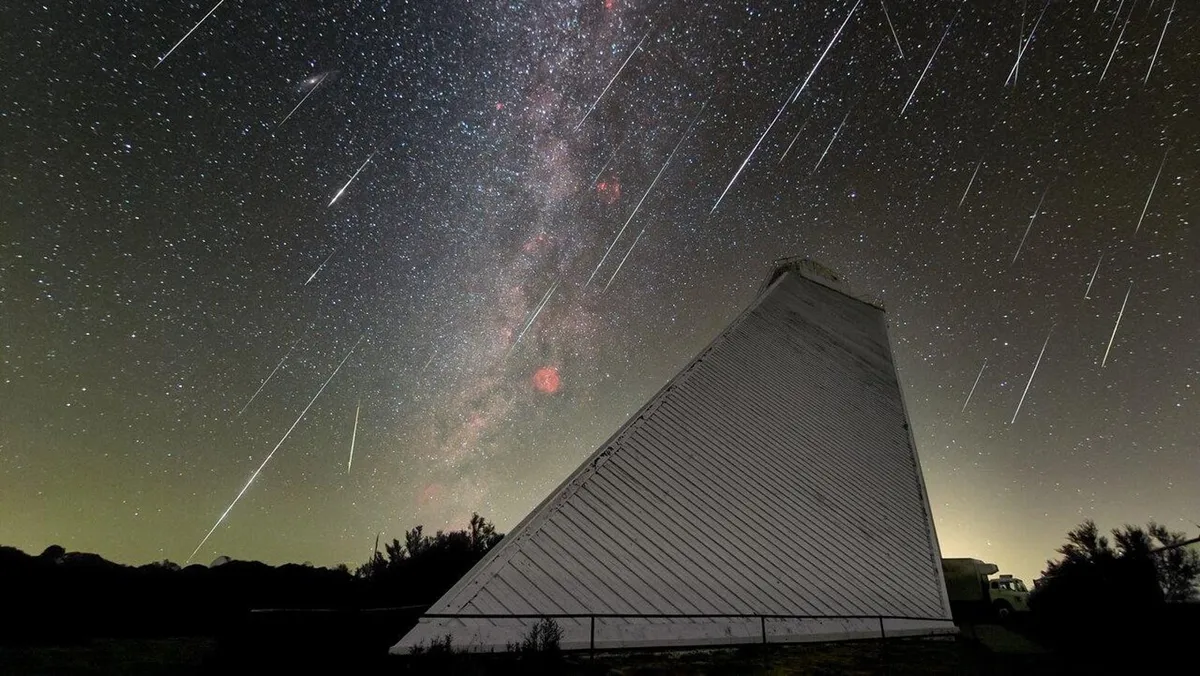
The Lyrid meteor shower, one of the oldest and most celebrated displays of shooting stars, is currently lighting up the night sky. This celestial event is set to peak overnight on Monday and Tuesday, April 21-22, with an impressive rate of about 18 meteors per hour, featuring some exceptionally bright fireballs that are sure to captivate stargazers.
So, what causes the stunning Lyrid meteor shower? Unlike many meteor showers that occur due to dust and debris left by comets in the inner solar system, the Lyrids have a fascinating yet enigmatic parent comet: C/1861 G1 (Thatcher). According to astronomer Moskovitz, "The Lyrids' parent comet is obscure; nobody knows much about it." The last time this comet graced our part of the solar system was back in 1861, and it won't return until the year 2283.
Meteors are formed when small particles of rock and dust, remnants of a comet, enter Earth's atmosphere and burn up, creating a spectacular display of light. Among these meteors, fireballs stand out due to their exceptional brightness and often leave a long, glowing trail behind them. Moskovitz notes that "the Lyrids have a wide range of particle sizes, from talcum powder to grapefruit-sized particles," which contributes to their uniqueness. The large particles left behind by Comet Thatcher are particularly responsible for the bright fireballs that observers can expect during this meteor shower.
After the Lyrids, the next exciting meteor shower is the Eta Aquarids, which will take place from April 19 through May 28. The peak viewing time will be in the early hours of Monday, May 5, when stargazers can anticipate around 40-60 shooting stars per hour. The Eta Aquariids originate from the well-known Halley’s Comet, making it another thrilling event for astronomy enthusiasts.
For those eager to learn more about meteor showers, check out these articles: The Perseid Meteor Shower Begins Sunday: When To See It At Its Best and Total Solar Eclipse 2024 Photos: NASA Astronauts Take Historic Images From Space.